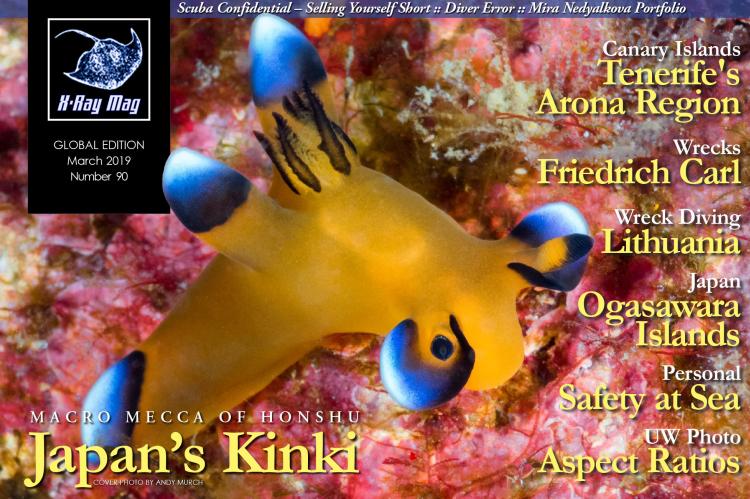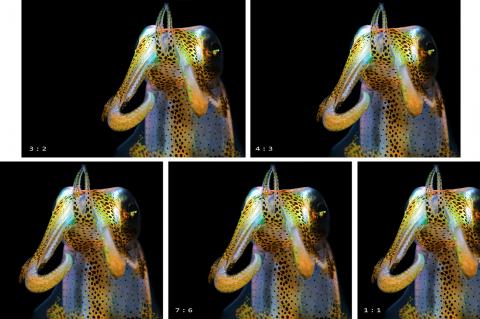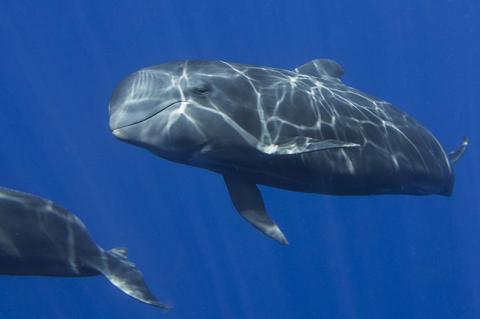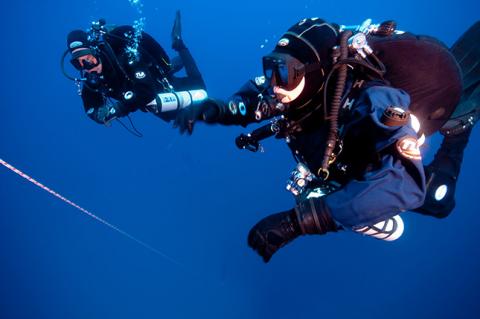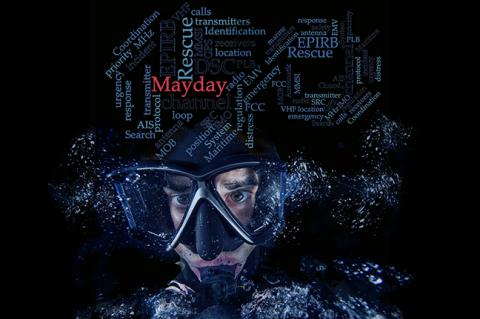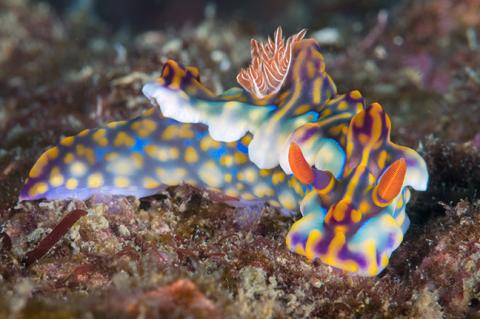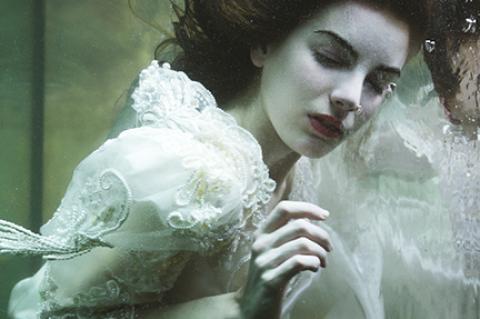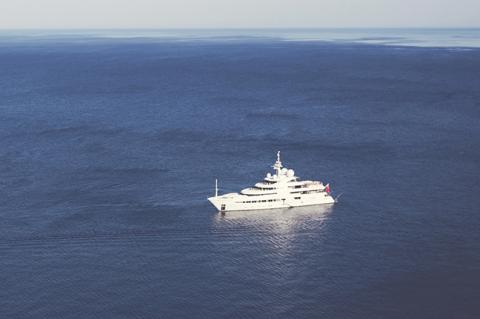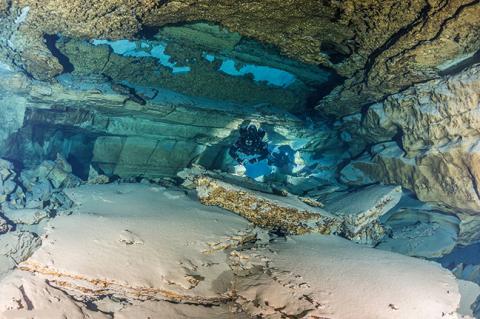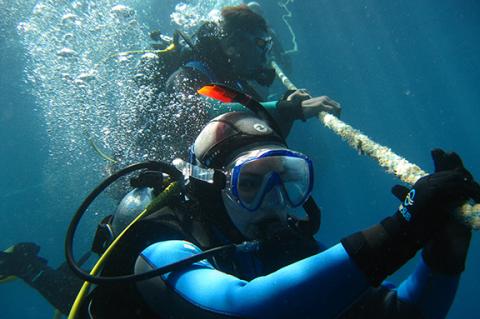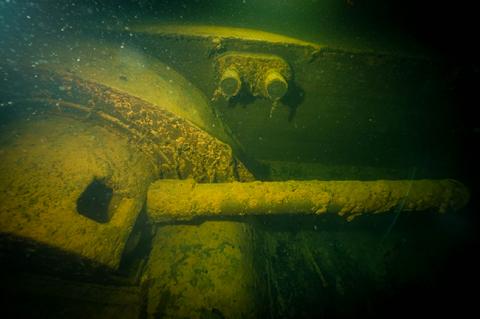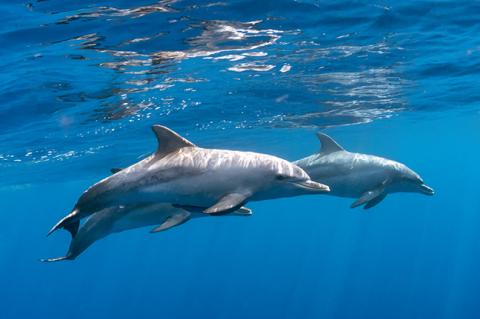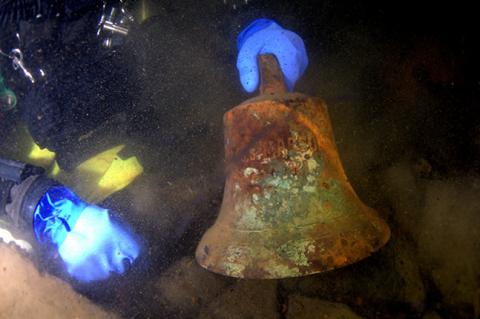X-Ray Mag #90
Main features in this issue include:
Aspect Ratios
The aspect ratio of an image often has a noticeable effect on the visual impact and thus can be considered a powerful tool of image composition. Some aspect ratios might nowadays be considered common, some might be considered “old school,” and what may be common today could be old school tomorrow.
What does aspect ratio actually mean?
Canary Island’s Tenerife: Where the Highest Mountain Meets the Deepest Sea
Spain’s highest mountain lies off the continent of Africa and is surrounded by the deepest chasms of the Atlantic Ocean—what a unique place! And the islands where the mountain is located are just as special. We are talking about the Canary Islands, which lie in the Atlantic off the coast of Morocco.
They are of volcanic origin, the evidence of which is still clearly visible and often bizarre. Spain’s highest peak, Teide-Pico Viejo stratovolcano, reaches 3,718m (12,198ft) and is found on the island of Tenerife.
Diver Error Highlights the Lethality within the System
Diving is not without risk—there is always a chance of death. There is always a latent or potential lethality within the “system”—where system is defined as the equipment, people and the physical, social or cultural environment. We cannot make diving 100 percent safe despite what anyone tells you. We can make things safer, but we cannot make diving safe.
Most of the time, it is the diver’s skills, knowledge and attitude that prevents those risks from being materialised and an injury or fatality from happening. However, when errors happen, the latent or hidden lethality within the system is exposed.
Emergency Transmitters for Divers: What You Know Could Save Your Life
As a diver, how does one rescue oneself when in distress? Call rescue services? How do the different emergency frequencies work? Which one is the most efficient for divers?
Diver in distress?
Japan's Kinki: Macro Mecca of Honshu
Kinki is a ruggedly beautiful peninsula in the southwest of Honshu, Japan. The area is best known for the Shinto shrines of Kumano, which sit atop forested mountains in the center of the region. Each year, thousands of tourists and devotees undertake a pilgrimage through the mountains to reach the tranquil sanctuary, which is said to be a place of physical healing.
Kinki’s southernmost dive spots are draped in lush soft corals, reminiscent of the tropical reefscapes of Southeast Asia, but Kinki is only “tropical” for half of the year.
Mira Nedyalkova Portfolio
Mira Nedyalkova is a Bulgarian artist and photographer based in Sofia who creates stunning, sensual, surreal and evocative imagery by approaching photography and the element of water with the touch of a painter. X-Ray Mag interviewed the artist to gain insight into her thought-provoking art and her creative process.
"Water is my creative vehicle. Creation, life, power... water is filled with tremendous energy. It gives both pleasure and delight. It gives life, but also poses a risk and a threat. It can destroy us. "
— Mira Nedyalkova
Personal Safety at Sea: Communicating with the Dive Boat
One of the things close to everyone’s thoughts is diver safety. We spend good money on quality dive gear and prudently have it frequently serviced and maintained, as this equipment will be sustaining our lives while underwater. But what about when we are on the surface? Just how many of us really do think about getting lost at sea?
Here’s just a small story to put things into perspective:
Revisiting Deep Air Diving
Today, the practice of “deep air” diving, and to a large extent, air diving itself has been related to the annals of sport diving history. Nitrox has become near ubiquitous as the diving gas of choice for shallow-water diving, and the trend, as pioneered by Global Underwater Explorers (GUE) is for divers to switch to helium mixes for dives beyond about 100ft/30m.
The situation was very different in the early 1990s, when mixed-gas diving was just beginning to gain traction following Dr Bill Stone’s successful 1987 Wakulla Springs Project—the first large-scale, mixed-gas expedition conducted by the who’s who of US deep cave diving.
Selling Yourself Short: Your Skills Are Worth Nothing and You Work for Free
At some point, many keen divers entertain the notion of giving up their 9-to-5 job and following the dream of becoming a professional scuba diver, making a living from their hobby and combining work with passion. After all, the advertisements for instructor courses in the dive magazines make it sound easy. All you have to do is sign up, fork out the dough and take the plunge. What could possibly go wrong?
If you have a similar dream, then this is for you. If you find that this short story brings you down to earth with a bump, then that is only because your feet were off the ground to begin with.
SMS Friedrich Carl
The armored cruiser Carl Friedrich was constructed in the year 1902 at the well-known shipyard of Blohm & Voss in Hamburg, Germany. The armored cruiser had a length of 126m and was equipped with an impressive array of guns and torpedo launchers. She was the second ship of the Prinz Adalbert class when she was commissioned by the Imperial German Navy on the 12 December 1903.
In the early years, she served as a torpedo training ship. Because of her three engines, she could reach a top speed of 20 knots. During the outbreak of the First World War, she served as the flagship of Rear Admiral Ehler Behring. At this time, she was converted to carry two seaplanes.
The Ogasawara Islands: Japan's Galapagos
Often referred to as the Oriental Galapagos, the Ogasawara Archipelago is located in the northwestern Pacific Ocean, about 1,000km south of Tokyo and is one of the most isolated and remote parts of Japan. The isolation of the archipelago, combined with the fact that the islands have never been connected to a continent, is said to have produced a “Galapagos effect” with flora and fauna that is unique to the islands.
Volcanic in nature, visually the islands are quite remarkable and rise spectacularly out of the surrounding deep waters and oceanic trenches.
Wreck Diving in Lithuania
It was pure coincidence that led my expedition team and me to Lithuania for the first time in September 2016. Our goal was to dive the battleship SMS Friedrich Carl. What we did not know before this first visit was that we would discover the “El Dorado” of pristine wrecks in Lithuania, which could keep us busy for many years.


